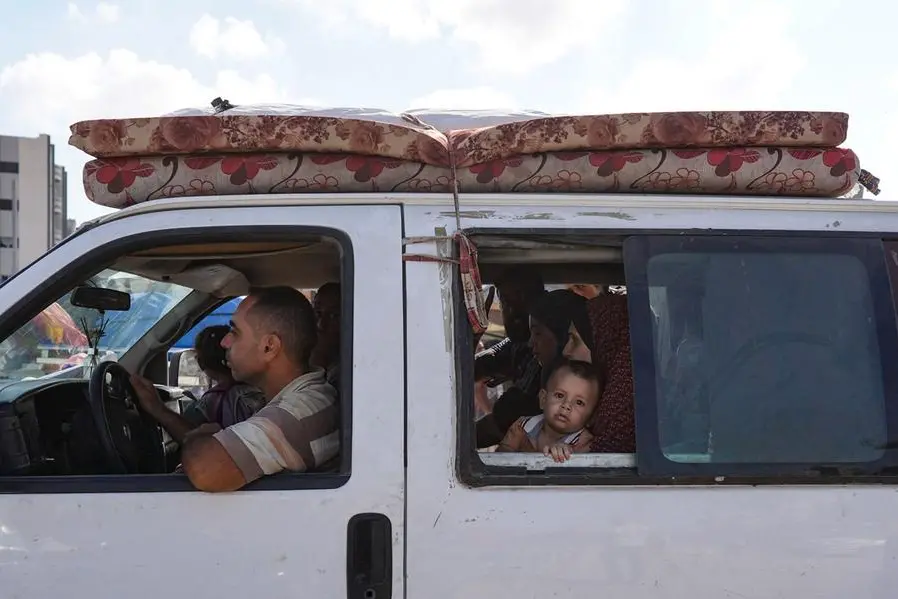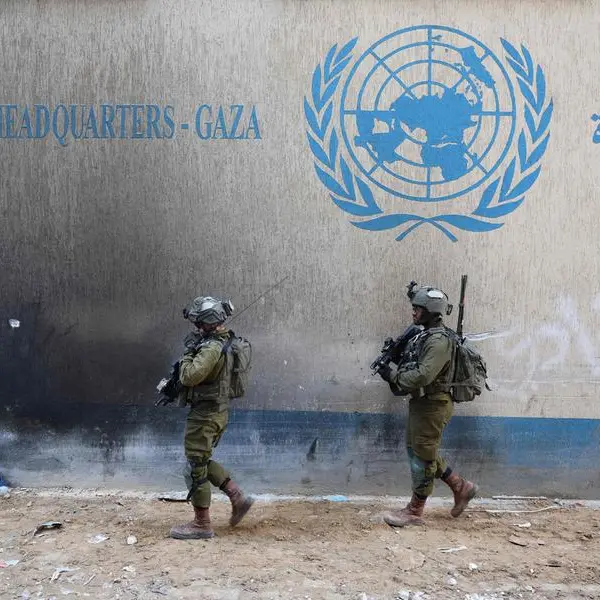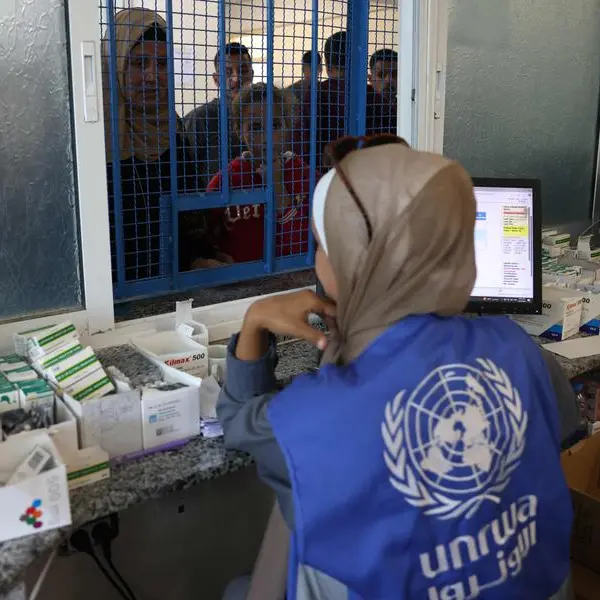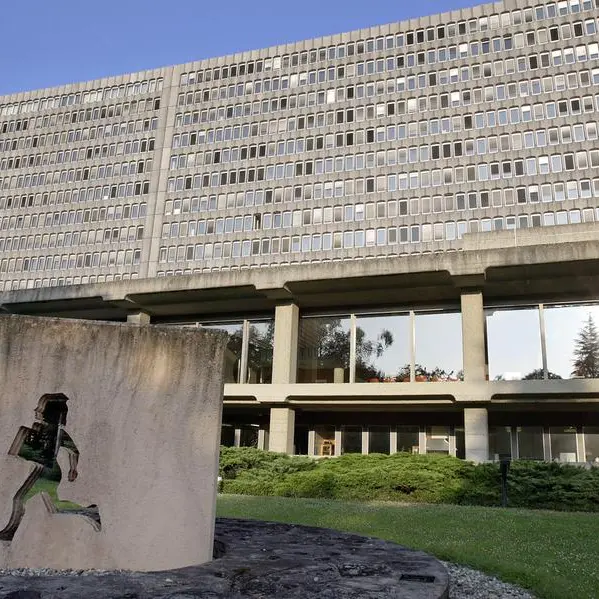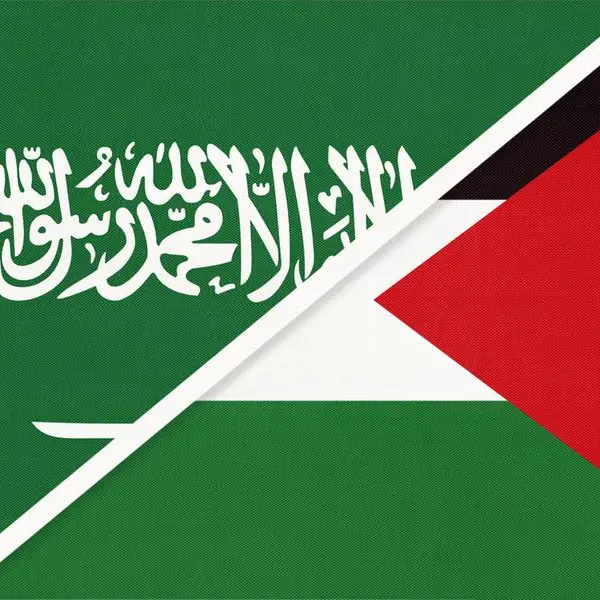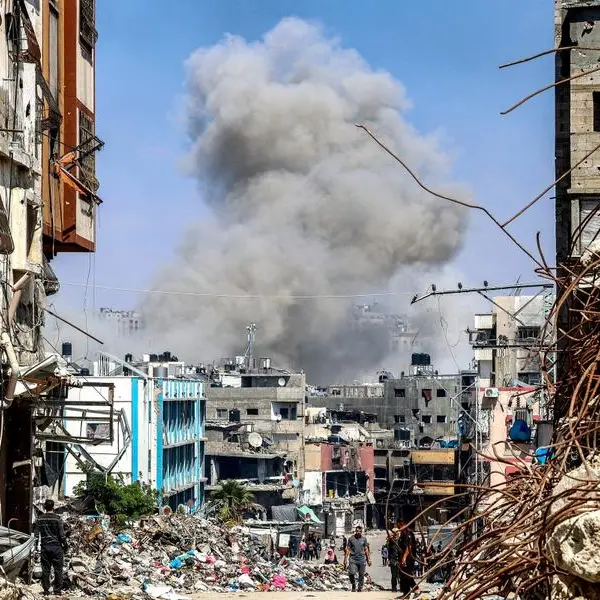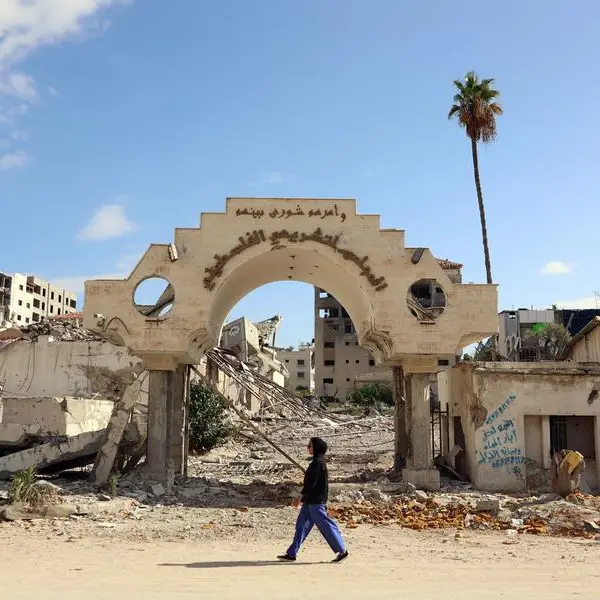PHOTO
NEW YORK: Israeli bombardment from the air, land, and sea continues to be reported across much of the Gaza Strip, resulting in further civilian casualties, displacement, and destruction of houses and other civilian infrastructure, according to a UN Humanitarian Situation Update, issued by the United Nations Office for the Coordination of Humanitarian Affairs (OCHA) - Occupied Palestinian Territory.
Ground incursions and heavy fighting also continue to be reported. Rocket fire by Palestinian armed groups toward Israel was also reported.
“As of 12 August, Israel's unilaterally declared “humanitarian area,” in Al Mawasi, has been reduced from 58.9 square kilometres in early 2024 to approximately 46 square kilometres, covering about 12.6 percent of the Gaza Strip. In total, about 305 square kilometres, or nearly 84 percent of the Gaza Strip, have been placed under evacuation orders by the Israeli military,” according to the Update.
Since 4 July, the UN Human Rights Office (OHCHR) has recorded 21 strikes against schools serving as shelters in the Gaza Strip, which have resulted in at least 274 fatalities, including women and children. This includes at least seven schools serving as IDP shelters that were reportedly hit since 1 August, namely: Dalal Al Mughrabi School on 1 August, Hamama School on 3 August, An Nasser and Hasan Salama schools on 4 August, Al Zahra and Abelfattah Hamouda schools on 8 August, and Al Tabi’een School on 10 August.
In a statement issued on 10 August, OHCHR condemned the increased frequency of strikes by the Israeli military “on schools where hundreds of thousands of forcibly displaced Palestinians have sought shelter, conducted with apparent disregard for the high rate of civilian fatalities.” OHCHR further stated: “Despite IDF statements that all measures are taken to avoid civilian harm, the repeated strikes on IDP shelters in areas to which the populations have been forced to move, and the consistent and predictable impact on civilians, suggest a failure to strictly comply with obligations required by International Humanitarian Law (IHL), including the principles of distinction, proportionality, and precautions in attack.
More than half of schools used as IDP shelters have been directly hit in the last 10 months, with devastating consequences for children and families, UNICEF reports. According to the most recent assessment of school damages by the Education Cluster, which relies on satellite imagery collected on 6 July, 85 percent of school buildings (477 out of 564) were directly hit (344) or damaged (133). These include 264 public schools, 156 UNRWA schools and 57 private schools.
Access constraints within Gaza, driven by intense hostilities, the division between the north and south and frequent evacuation orders, severely impede the delivery of life-saving humanitarian aid to hundreds of thousands of vulnerable people across Gaza. Between 1 and 11 August, out of the 85 coordinated humanitarian assistance missions to northern Gaza, only 34 were facilitated by Israeli authorities, 32 were denied access, 13 were impeded, and six were cancelled due to logistical, operational, or security reasons. In addition, out of the 122 coordinated humanitarian assistance missions to areas in southern Gaza, 63 were facilitated by Israeli authorities, 36 were denied, eight were impeded, and 15 were cancelled. Combined, denied missions (68) comprise about a third of planned missions since 1 August.
The cumulative impacts of access constraints undermine efforts to address urgent humanitarian needs, perpetuating a continued cycle of deprivation and distress among affected people across Gaza, according to the Update.
